Disclosure: This article contains affiliate links. We may earn a commission from purchases at no extra cost to you, which helps our travel content.
The first time I heard about 'fika,' I was thumbing through a weathered guidebook in a Minneapolis bookstore, preparing for my first solo trip to Scandinavia. Little did I know this simple Swedish coffee break tradition would completely reframe how I view the relationship between food, conversation, and time. Fika isn't just about coffee and pastries—it's a cultural institution that invites you to slow down, savor the moment, and connect with yourself or others. As autumn's golden light bathes Stockholm's historic buildings and the crisp air carries hints of cinnamon and cardamom, there's no better season to experience this cherished ritual. After three visits to this Nordic capital, I've compiled my favorite spots where the art of fika reaches its highest expression—places where locals and travelers alike can find that perfect balance of ambiance, exceptional coffee, and pastries that will haunt your dreams long after you've returned home.
Understanding Fika: A Cultural Cornerstone
Before diving into Stockholm's café scene, it's important to understand what makes fika so special. Unlike America's grab-and-go coffee culture, fika (pronounced fee-ka) is about intentionally pausing your day—typically once in the morning and once in the afternoon. While the word technically translates to 'coffee break,' it encompasses much more: the ritual of stepping away from work, enjoying something sweet, and taking time to reflect or connect.
My Swedish colleague Elsa once explained, 'Fika isn't optional—it's practically written into our social contract.' Indeed, many Swedish companies build fika breaks into the workday, recognizing that these moments of respite actually enhance productivity and workplace cohesion.
The tradition dates back to the 18th century when coffee was first introduced to Sweden. Initially banned for its supposed dangers, coffee eventually became so popular that the ritual of gathering for coffee evolved into a cornerstone of Swedish social life.
For travelers, embracing fika means slowing down your itinerary. Rather than racing between museums and landmarks, schedule deliberate breaks to experience Stockholm as locals do. During my visits, I found these pauses became the moments where I most connected with the city's rhythm and character. Bring along a travel journal to capture your thoughts during these contemplative coffee moments—fika time provides the perfect opportunity for reflection.

💡 Pro Tips
- Fika is best enjoyed without rushing—plan at least 30 minutes for the experience
- Many cafés offer 'dagens fika' (today's special) which pairs a coffee with a discounted pastry
- The ideal fika time is between 10-11am or 3-4pm when cafés are lively but not overcrowded
Gamla Stan's Hidden Fika Treasures
Stockholm's Old Town (Gamla Stan) might seem like tourist territory, but venture just a few cobblestone streets away from the main squares to discover cafés where locals still gather for their daily fika. These historic establishments, often housed in buildings dating back centuries, offer a time-traveling experience alongside your coffee.
My favorite hidden gem is Café Järntorget, tucked away on a quiet corner near the Nobel Museum. Housed in a 17th-century building with vaulted ceilings, this café feels like stepping into Stockholm's past. Their cardamom buns (kardemummabullar) achieve that perfect balance of spice and sweetness, and pair beautifully with their medium-roast coffee.
For something truly special, seek out Chokladkoppen on Stortorget square. While it's not entirely off the beaten path, this tiny café serves what many locals confirmed is the best hot chocolate in Stockholm. On my second visit, during a particularly chilly October afternoon, their thick, almost pudding-like hot chocolate served in oversized mugs provided perfect refuge from the Baltic winds.
Pastry enthusiasts shouldn't miss Fabrique, a small chain with an outpost near Gamla Stan's northern edge. Their kanelbullar (cinnamon buns) have achieved legendary status among Stockholmers, and after one bite of their perfectly caramelized, cardamom-scented creations, I understood why. I found myself returning every morning of my stay, watching the early light illuminate the ancient buildings while savoring what might be the world's perfect breakfast.
While exploring these narrow medieval streets, a compact travel umbrella proved invaluable during Stockholm's unpredictable autumn weather—allowing me to continue my café-hopping regardless of occasional showers.

💡 Pro Tips
- Visit Gamla Stan cafés before 9am or after 3pm to avoid the midday tourist crowds
- Many historic cafés in this area have limited seating—be prepared to wait or share a table during peak hours
- Look for cafés displaying 'hemlagat' signs, indicating homemade pastries rather than mass-produced ones
Södermalm: Where Traditional Meets Contemporary
Cross the bridge to Södermalm, Stockholm's former working-class district turned hipster haven, and you'll discover how fika culture evolves while maintaining its essence. This island neighborhood offers both traditional establishments and third-wave coffee shops that honor Swedish coffee traditions while introducing contemporary twists.
My journey to understand fika's evolution began at Johan & Nyström, a specialty coffee roaster whose flagship café showcases the cutting edge of Swedish coffee culture. Their light-roast single-origin offerings highlight coffee's complex flavors in ways that would impress even the most discerning coffee enthusiast. What makes this spot special is how they've maintained fika's communal spirit despite the modern approach—long wooden tables encourage conversation with strangers, and their unhurried service reminds you that fika is about the experience, not efficiency.
For a perfect blend of old and new, Vete-Katten's Södermalm location delivers century-old recipes in a space that feels both timeless and contemporary. Their princess cake (prinsesstårta)—a dome of whipped cream and vanilla custard wrapped in bright green marzipan—represents Swedish pastry tradition at its finest. Watching locals carefully select their fika companions (both human and pastry) offered insights into how seriously Stockholmers take this daily ritual.
Perhaps my most memorable Södermalm fika experience happened at Drop Coffee, where I spent a rainy afternoon watching the neighborhood through steamy windows while sipping their award-winning filter coffee. The barista, noticing my interest in their brewing methods, spent ten minutes explaining their direct trade relationships with coffee farmers in Ethiopia and Colombia—a conversation that enhanced the flavors in my cup.
To capture these moments, I relied on my mirrorless camera, whose low-light capabilities perfectly documented these atmospheric cafés without disturbing the intimate ambiance. The camera's silent shooting mode allowed me to capture candid moments of locals engaged in their fika rituals.
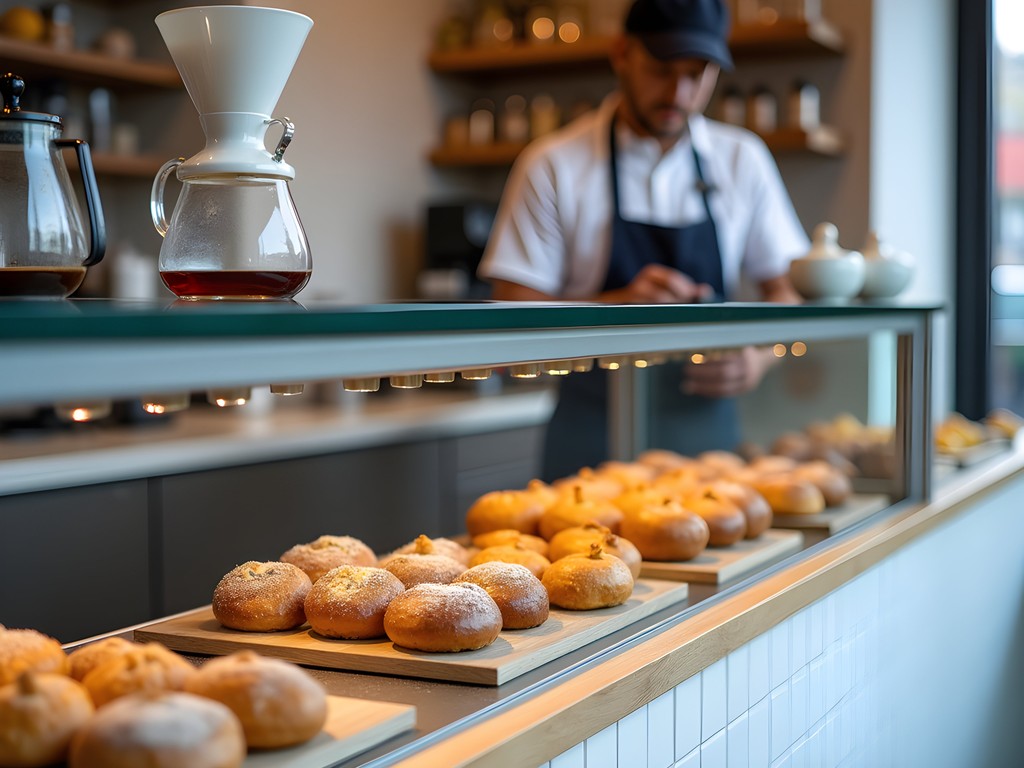
💡 Pro Tips
- Södermalm cafés often offer plant-based milk alternatives and vegan pastry options
- Many specialty coffee shops in this area sell beans to take home—a perfect edible souvenir
- Ask baristas for recommendations—they're often passionate about helping you find your perfect fika pairing
The Art of Swedish Pastries: Beyond Cinnamon Buns
While international visitors often associate Swedish pastries solely with cinnamon buns, the country's baking tradition offers a diverse palette of flavors that change with the seasons. Fall visits to Stockholm provide the perfect opportunity to explore this rich pastry landscape beyond the familiar.
During my October visit, I embarked on what I jokingly called my 'Swedish Pastry Pilgrimage,' attempting to sample as many traditional varieties as possible. The journey began with the classics: kanelbullar (cinnamon buns) and kardemummabullar (cardamom buns). These aren't the gooey, frosting-covered rolls Americans might expect—Swedish versions are more subtly sweet, with a focus on spice complexity and that distinctly chewy texture achieved through proper kneading and proofing.
At Bröd & Salt bakery near Mariatorget, I discovered semla—a cardamom-spiced wheat bun filled with almond paste and whipped cream. Traditionally eaten before Lent, these have become so popular they're available year-round. The contrast between the light, airy bun and rich filling creates a textural experience unlike anything in American baking traditions.
Autumn brings seasonal specialties worth seeking out. Äppelkaka (apple cake) appears on many café menus, often served warm with vanilla sauce. At Gildas Rum in Vasastan, their version incorporated local apples with hints of saffron—a surprising combination that perfectly captured Swedish flavor sensibilities.
For those tracking their pastry adventures, consider bringing a food journal to document your favorites. Mine quickly filled with sketches and notes about texture, flavor combinations, and the cafés where I discovered each treat. This journal has become one of my most treasured souvenirs, helping me recreate these flavors at home and plan future fika expeditions.
The most important lesson from my pastry exploration: Swedes appreciate balance. Whether it's the interplay of cardamom and butter or the restraint in sweetness that allows other flavors to shine, Swedish pastries embody the national preference for lagom—not too much, not too little, but just right.
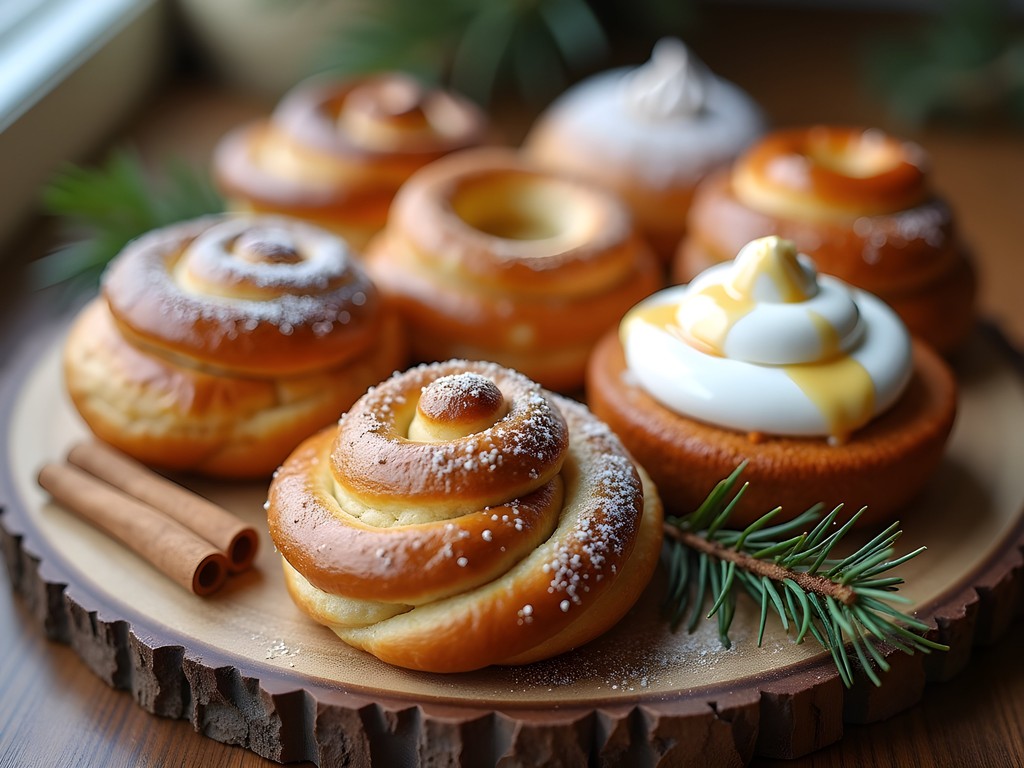
💡 Pro Tips
- Ask for your pastry 'slightly warm' (lite varm) for the best flavor experience
- Look for seasonal specialties not found in guidebooks, especially those featuring autumn fruits and spices
- True Swedish pastries should never be overly sweet—the focus is on spice complexity and texture
Fika for the Solo Traveler: Finding Connection
Traveling alone in Stockholm presented an interesting paradox: fika is inherently social, yet I was navigating the city solo. What I discovered, however, is that fika culture offers unique opportunities for connection precisely because it's so ingrained in Swedish daily life.
At Café Pascal in Odenplan, I found myself seated at a communal table with three Stockholmers—two university students and a retired teacher. When I asked about the book one was reading, it sparked a two-hour conversation about Swedish literature, politics, and yes, their favorite fika spots. This spontaneous cultural exchange became one of my trip's highlights, all because the café's setup and unhurried atmosphere encouraged interaction.
For solo travelers seeking both community and solitude, I recommend Kaffeverket in Sankt Eriksplan. The café's varied seating arrangements accommodate different social preferences—window seats for people-watching, quiet corners for reading, and large tables where joining others feels natural, not forced. Their cardamom chocolate chip cookies paired with a perfectly executed cappuccino created my ideal afternoon retreat.
Even without conversation, solo fika offers a window into local life. At Ritorno on Odengatan, I spent a peaceful morning simply observing the rhythm of neighborhood residents starting their day—elderly friends meeting for their standing weekly fika, parents with young children sharing bites of kanelbulle, and professionals lingering over coffee before work. These moments of cultural immersion proved just as valuable as any museum visit.
To blend in rather than stand out as a tourist, I found my travel daypack was perfect for Stockholm café-hopping. Its classic Scandinavian design is actually ubiquitous among locals, and its compact size easily stored my camera and journal while navigating the city between fika stops. The water-resistant material also proved invaluable during autumn's occasional showers.
Perhaps most importantly, solo fika taught me to embrace stillness—something increasingly rare in our hyperconnected world. Sitting alone with coffee and pastry, without the distraction of phones (Swedes rarely use devices during fika), I found myself noticing architectural details, light patterns, and human interactions I might otherwise have missed.
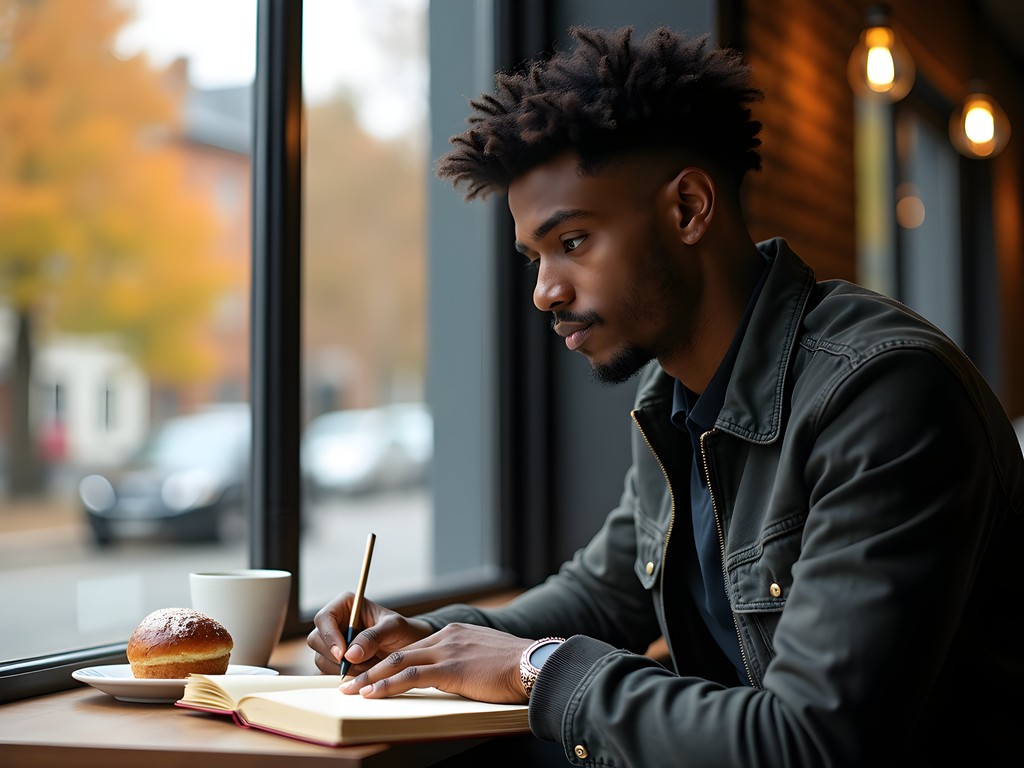
💡 Pro Tips
- Choose cafés with communal tables if you're open to conversation with locals
- Bring a book or journal—reading or writing during fika is socially acceptable and common
- Learn basic Swedish phrases like 'Tack' (thank you) and 'En kaffe, tack' (one coffee, please) to enhance your experience
Final Thoughts
As my week of fika exploration came to an end, I found myself sitting at Vete-Katten's original location, savoring one last cardamom bun before my departure. The elderly woman beside me noticed my camera and asked if I'd enjoyed Stockholm's cafés. When I shared my fika adventures, she smiled and said, 'Now you understand—we Swedes don't just drink coffee, we make it meaningful.' That simple observation perfectly captured what makes Stockholm's café culture so special. Fika isn't just about consumption; it's about connection—to others, to yourself, to the present moment. Whether you visit Stockholm for its museums, architecture, or design scene, building fika breaks into your itinerary will transform your experience from tourist to temporary local. So when you visit, slow down. Order that second coffee. Try that unusual pastry. Strike up a conversation or simply observe. In doing so, you'll discover that sometimes the most authentic travel experiences happen not at the famous landmarks, but in the quiet moments between them.
✨ Key Takeaways
- Fika is more than a coffee break—it's a cultural institution that reveals Swedish values around work-life balance and social connection
- Stockholm's diverse neighborhoods offer different fika experiences, from historic Old Town cafés to modern Södermalm coffee shops
- Solo travelers can use fika culture as a window into local life and potential connections with residents
- Fall is an ideal season for fika exploration, with seasonal pastries and cozy café atmospheres
📋 Practical Information
Best Time to Visit
September through early November
Budget Estimate
$8-15 per fika (coffee + pastry)
Recommended Duration
Weekend (2-3 days)
Difficulty Level
Beginner

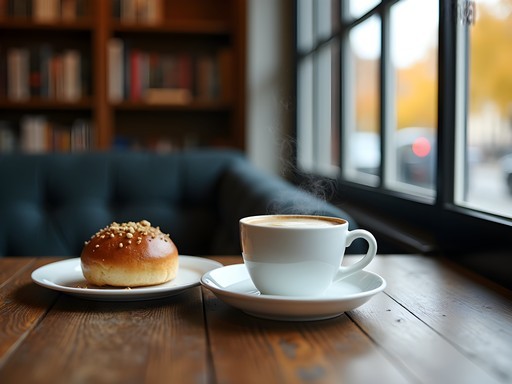
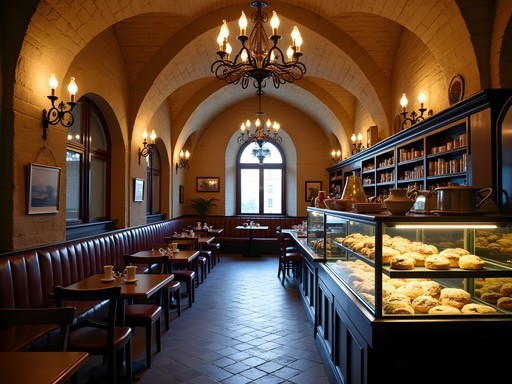
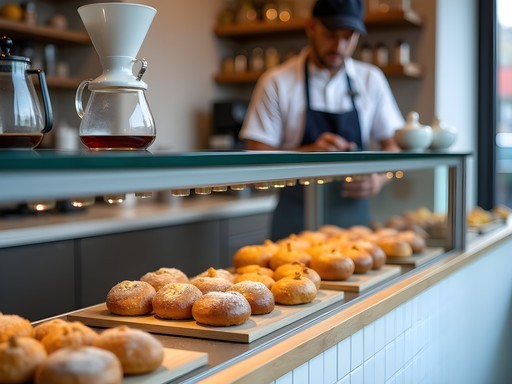
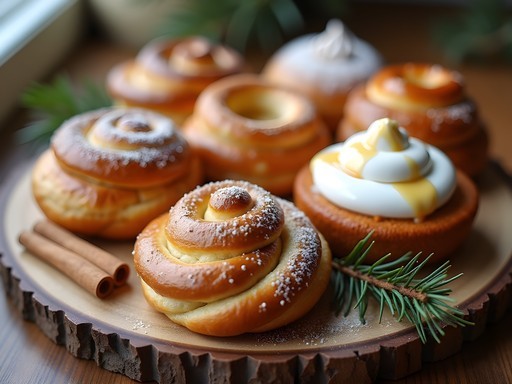





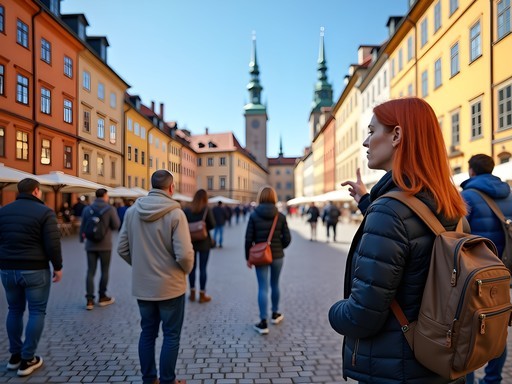


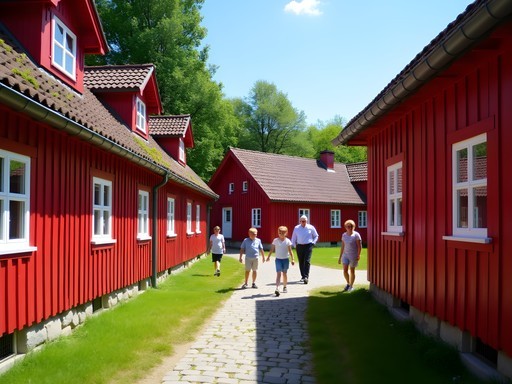

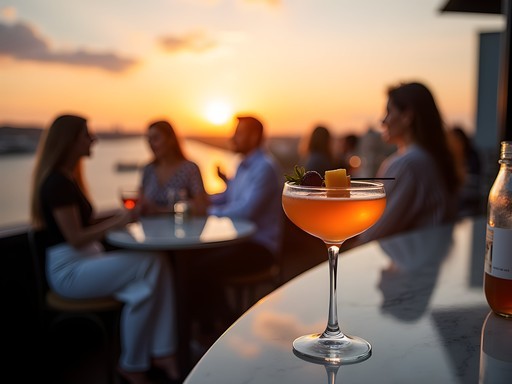
Comments
wavemate
Heading to Stockholm next month - any recommendations for gluten-free fika options? Would hate to miss out on this tradition!
wanderlusthero
Not the author but I was just there! Try Snickarbacken 7 - they had amazing GF options when I visited. Their almond cake was incredible!
wavemate
Thank you so much! Adding it to my list right now.
Savannah Torres
Robert, this post brought back so many memories! We took our kids (8 and 10) to Stockholm last summer and fika became our daily ritual. The kids thought it was hilarious that we were basically scheduling 'mandatory' cookie breaks! We loved Fabrique in Södermalm - their cardamom buns were our family favorite. One tip for families: many cafés have little play areas or children's books tucked away in corners. Just ask! And the staff were always so welcoming to our little ones. We even bought a Swedish baking cookbook and have been attempting (with mixed results!) to recreate the magic at home. The cinnamon buns are never quite the same, but it keeps our Stockholm memories alive!
coolvibes
Omg I'm drooling over those cardamom buns! Stockholm just shot to the top of my travel list 🤤
Savannah Torres
Right?! I gained 5 pounds just from fika during our family trip last summer! Worth every calorie though.
coolvibes
Haha totally worth it! Did you have a favorite café?
Savannah Torres
Vete-Katten was our family favorite! My kids still talk about their princess cake.
adventurerider
Is it expensive to do fika every day in Stockholm? I've heard Sweden can be pricey but this tradition looks worth it!
waveexplorer
It's not cheap, but not terrible either. Coffee + pastry was usually around $8-10 total. Some places have afternoon specials with coffee refills!
adventurerider
That's actually better than I expected! Thanks for the info!
Adam Nichols
Fascinating analysis of fika culture, Robert. Having lived in Sweden for a year during graduate school, I can attest that fika is far more than a coffee break - it's a social institution. One aspect worth noting is the seasonal variation in fika offerings. During summer, many cafés serve incredible berry-based pastries with local strawberries and lingonberries. In winter, the spiced buns and heavier pastries dominate. The café acoustics are another interesting element - they're designed for conversation rather than laptop work, unlike many American coffee shops. Stockholm's café culture reflects Swedish social values of balance and quality time.
Taylor Moreau
Excellent guide, Robert. As someone who travels to Stockholm quarterly for business, I've found that understanding fika is essential for building relationships with Swedish colleagues. It's not just a coffee break - it's a cultural institution and refusing an invitation to fika can be seen as declining a business meeting. One tip for visitors: many of the best cafés get quite busy between 3-4pm, so aim for mid-morning fika if you want a more relaxed experience. Also worth noting that Swedes take their coffee quite strong compared to American standards - their regular brew would be considered a dark roast in most other countries.
coffeetime
Just got back from Stockholm and followed your recommendations! Vete-Katten was everything you described and more. We actually ended up going back three times during our week there. I loved how multi-generational it was - students, business people, elderly couples, all mixing together over coffee. The princess cake was my favorite - that green marzipan layer is so unique! One place I'd add to your list is Gildas Rum in Södermalm. It's tiny but has the most amazing cinnamon rolls I've ever tasted. The staff explained that they use pearl sugar which caramelizes during baking. Game changer!
Raymond Hassan
Adding Gildas Rum to my list for next time! The princess cake is definitely an acquired taste for some - that marzipan layer can be divisive!
SwedishExpat88
As a Swede living abroad, this post made me homesick! One tip: try semla buns if you visit between January and Easter. They're cardamom buns filled with almond paste and whipped cream - absolutely divine!
adventurerider
Those cinnamon buns look incredible! 🤤 Great photos!
nomadphotographer
Heading to Stockholm next month! Any recommendations for cafés that are good for working remotely while still enjoying proper fika? Love the atmosphere in your photos.
Robert Simpson
Thanks for the kind words! For remote work, I'd suggest Drop Coffee in Södermalm - great WiFi, plenty of outlets, and they don't mind laptop users during non-peak hours. Just remember to order more than one coffee if you stay a while - respecting the fika culture is important!
nomadphotographer
Perfect, thanks so much for the tip! Adding it to my list.
Venture X
Premium card with 2X miles, $300 travel credit, Priority Pass